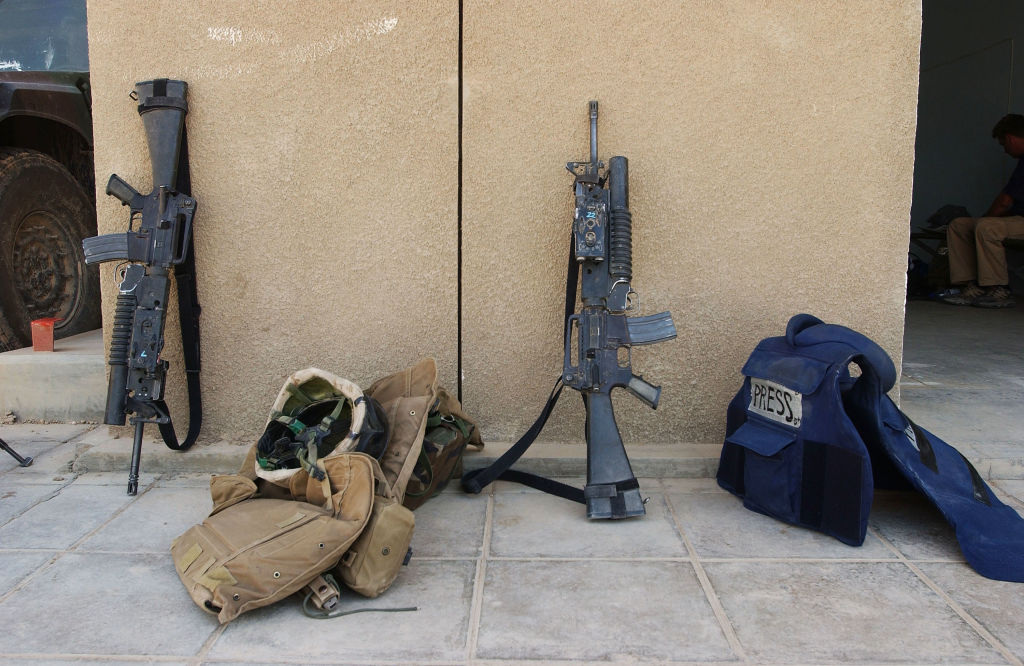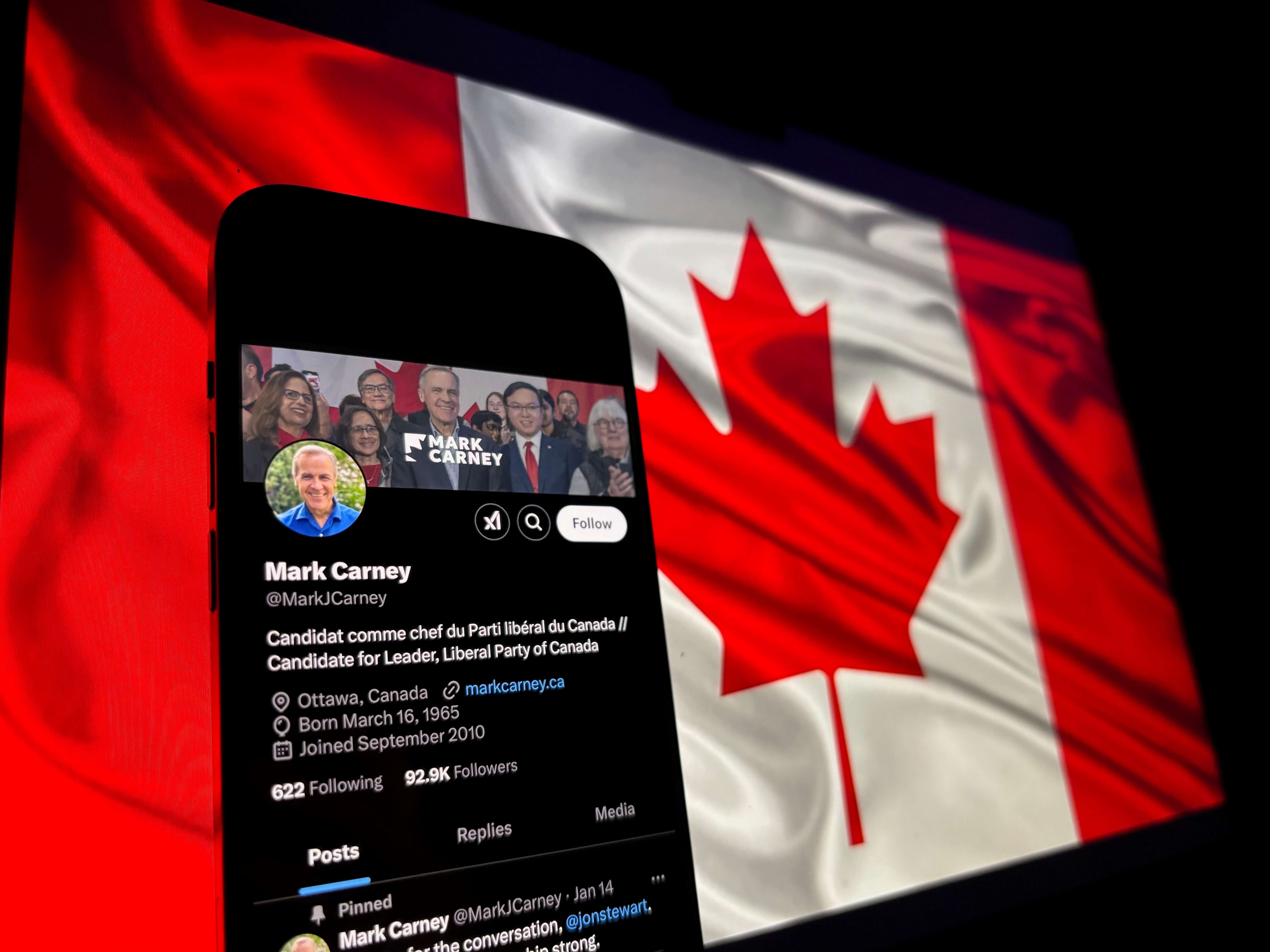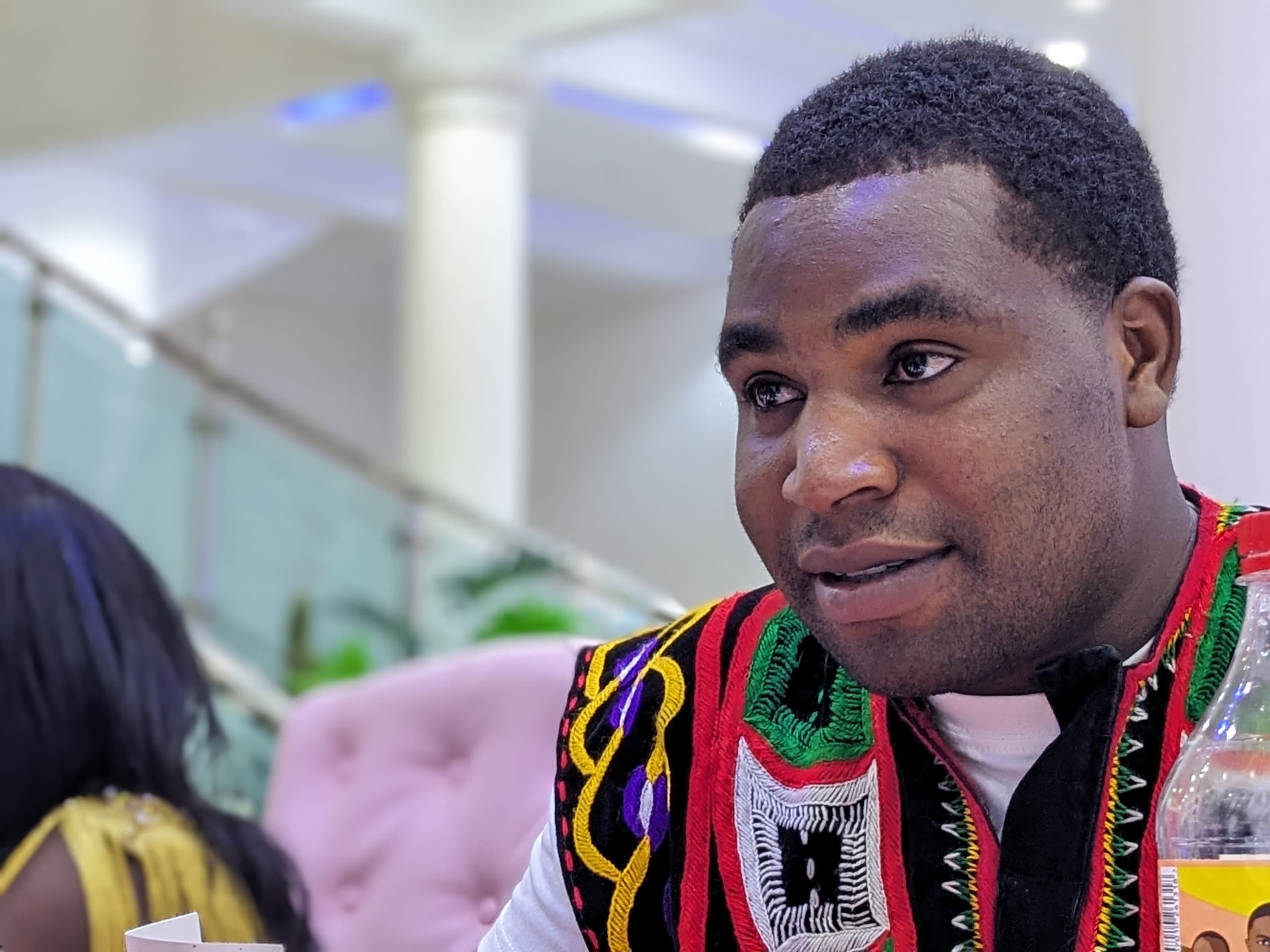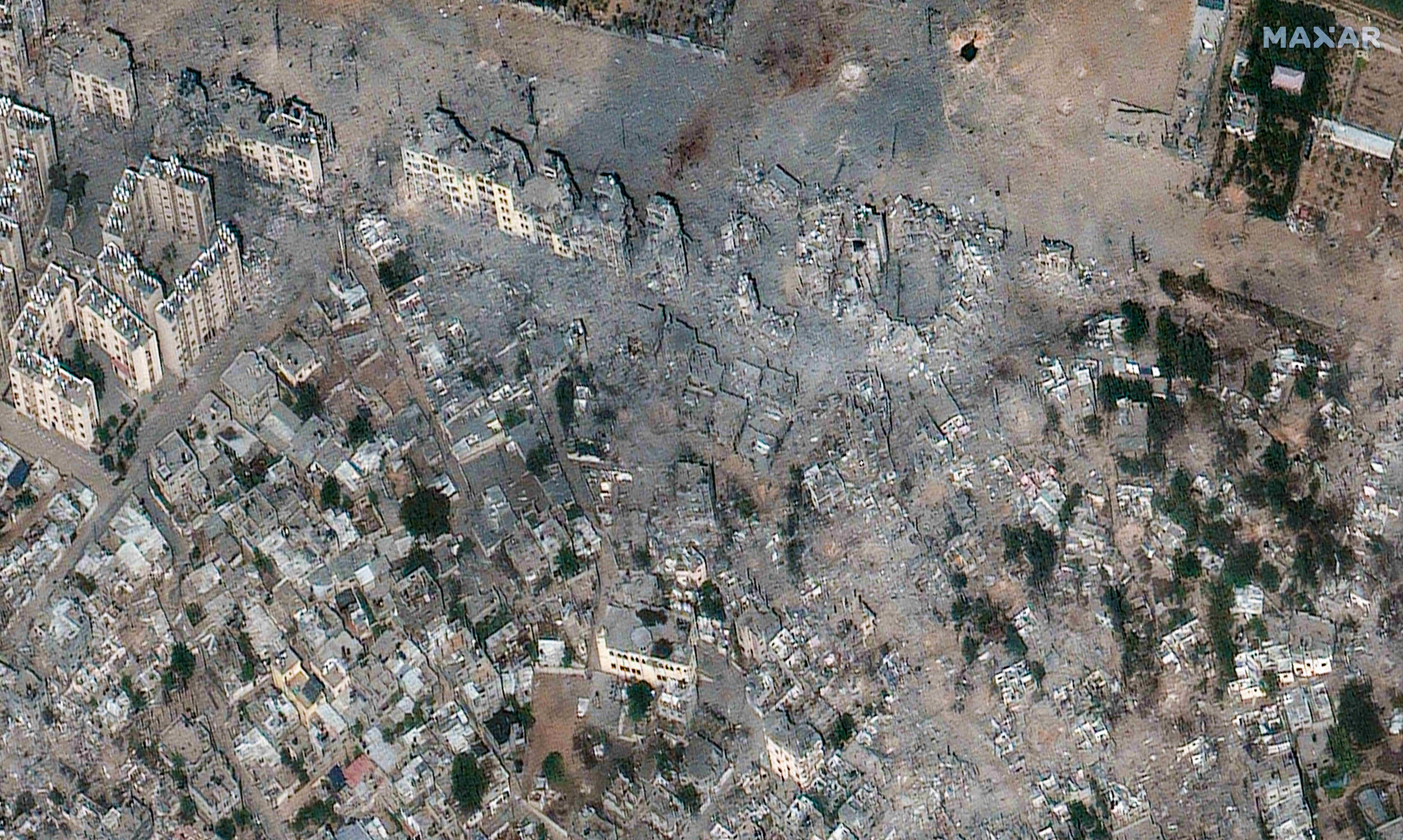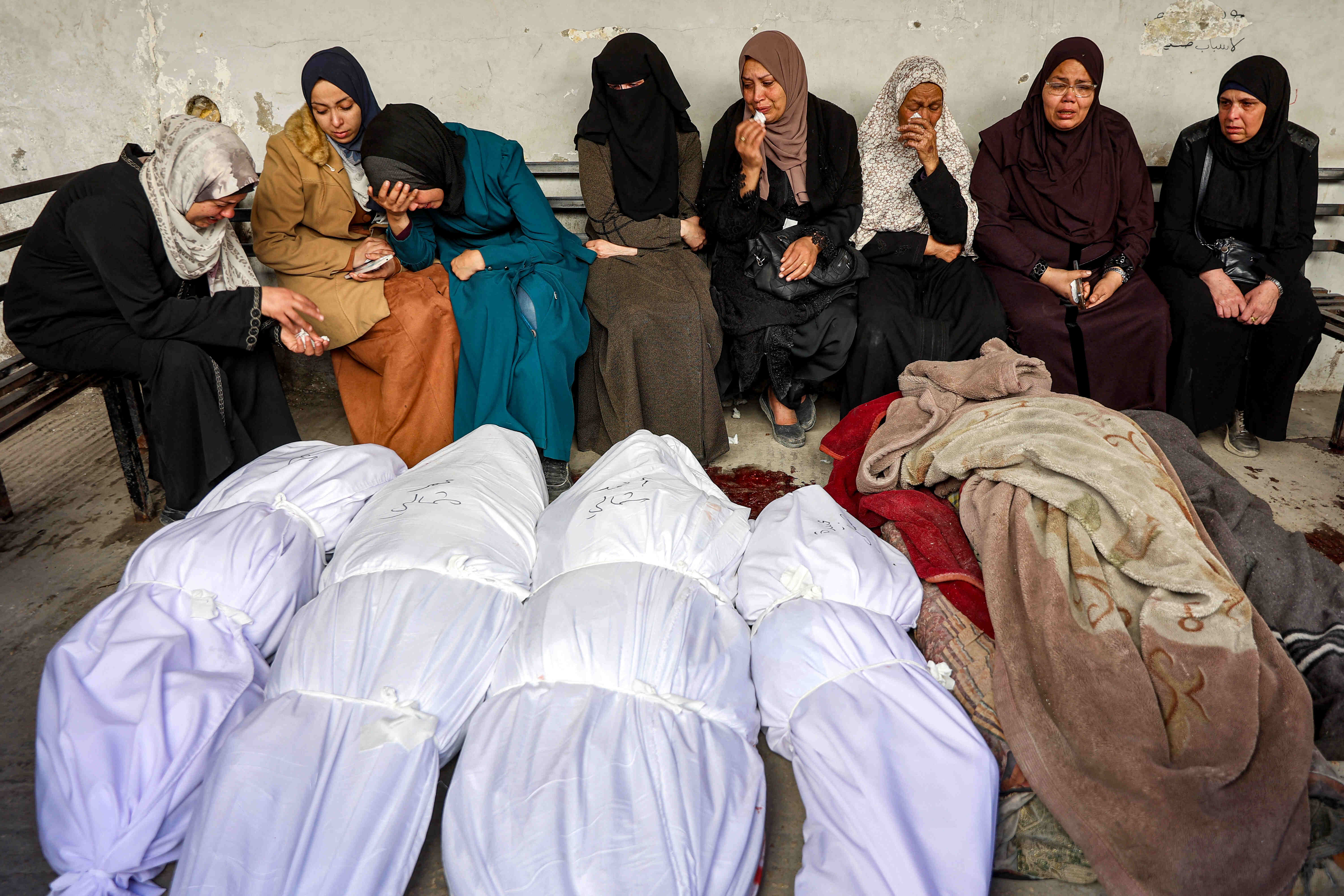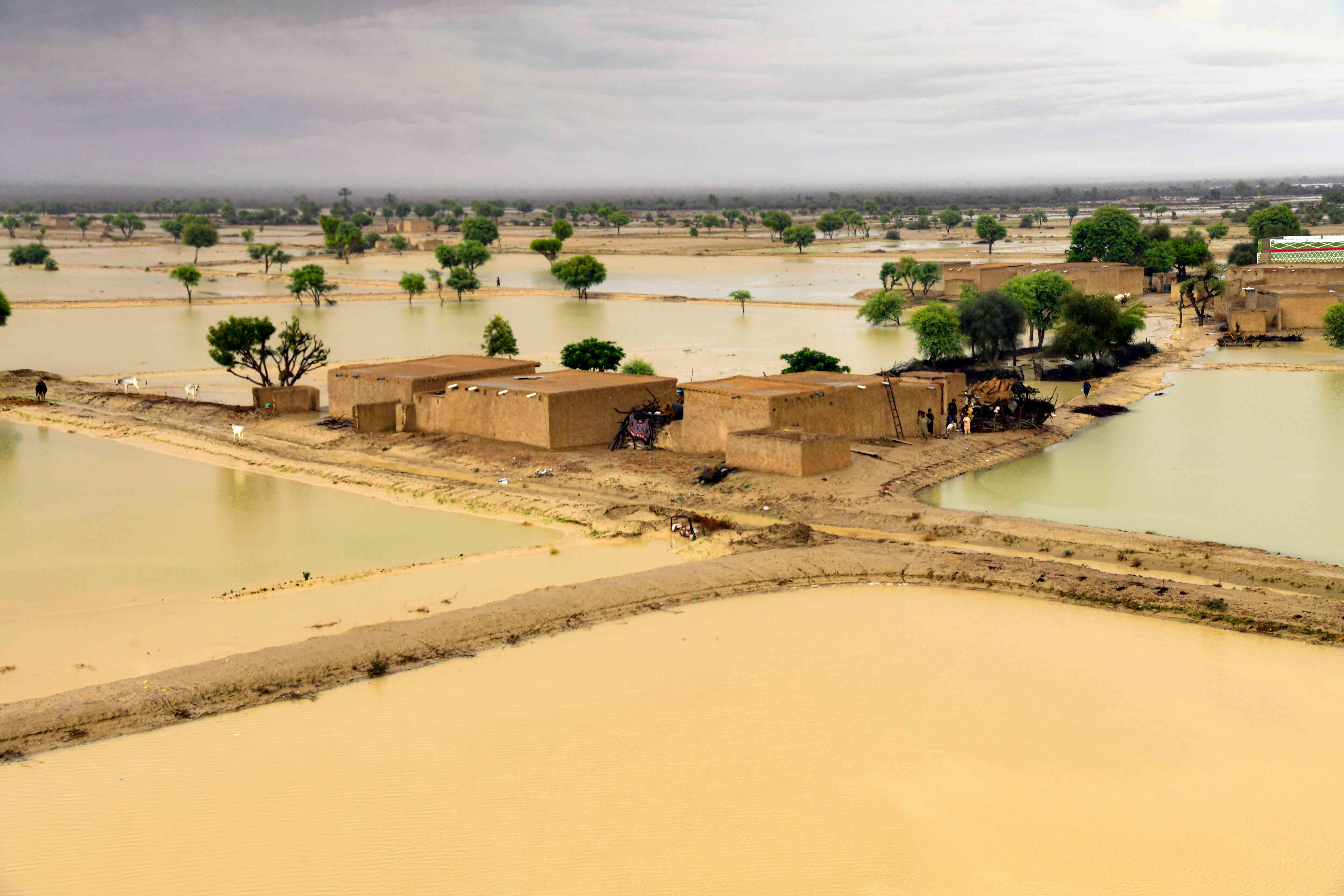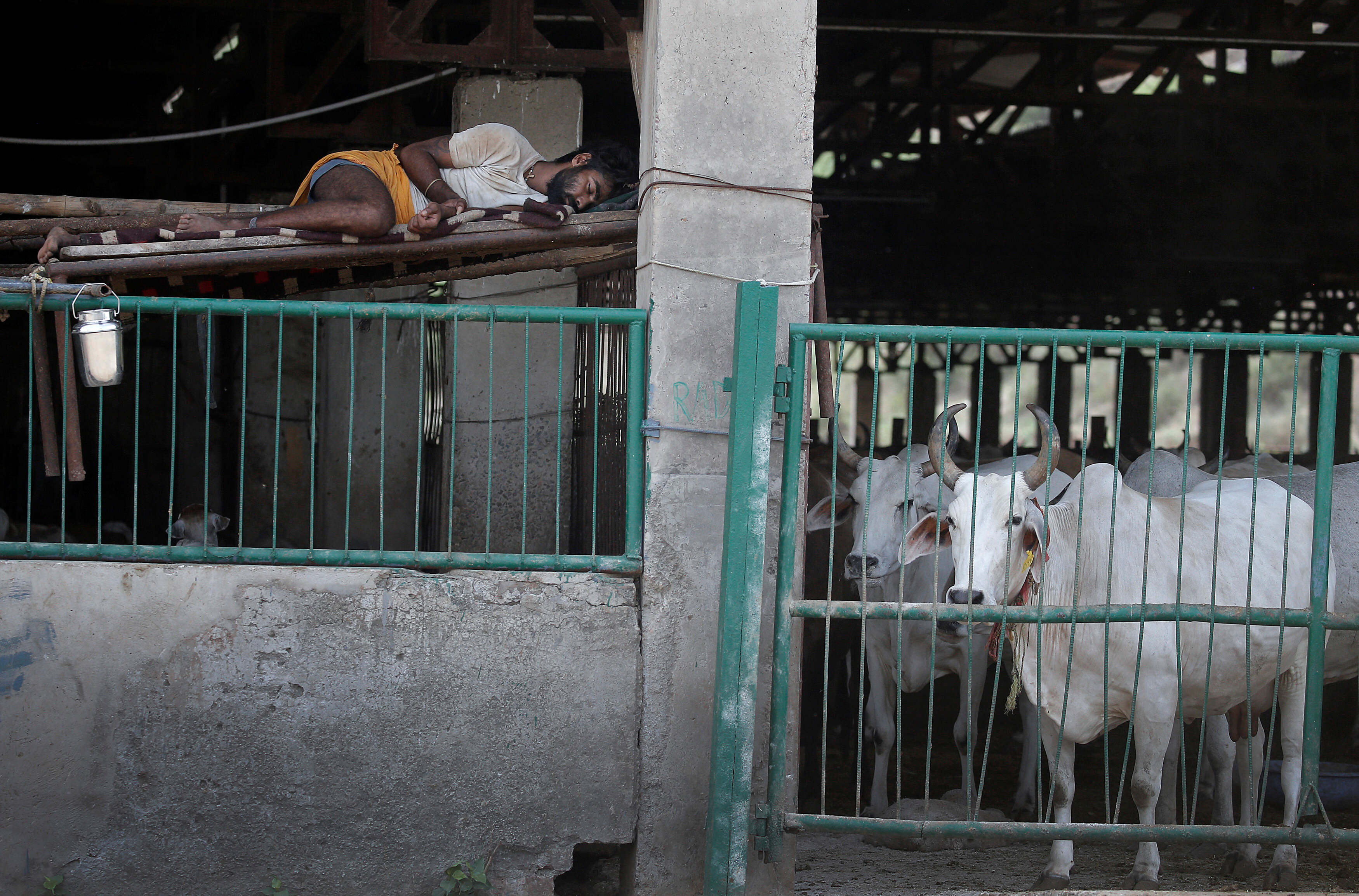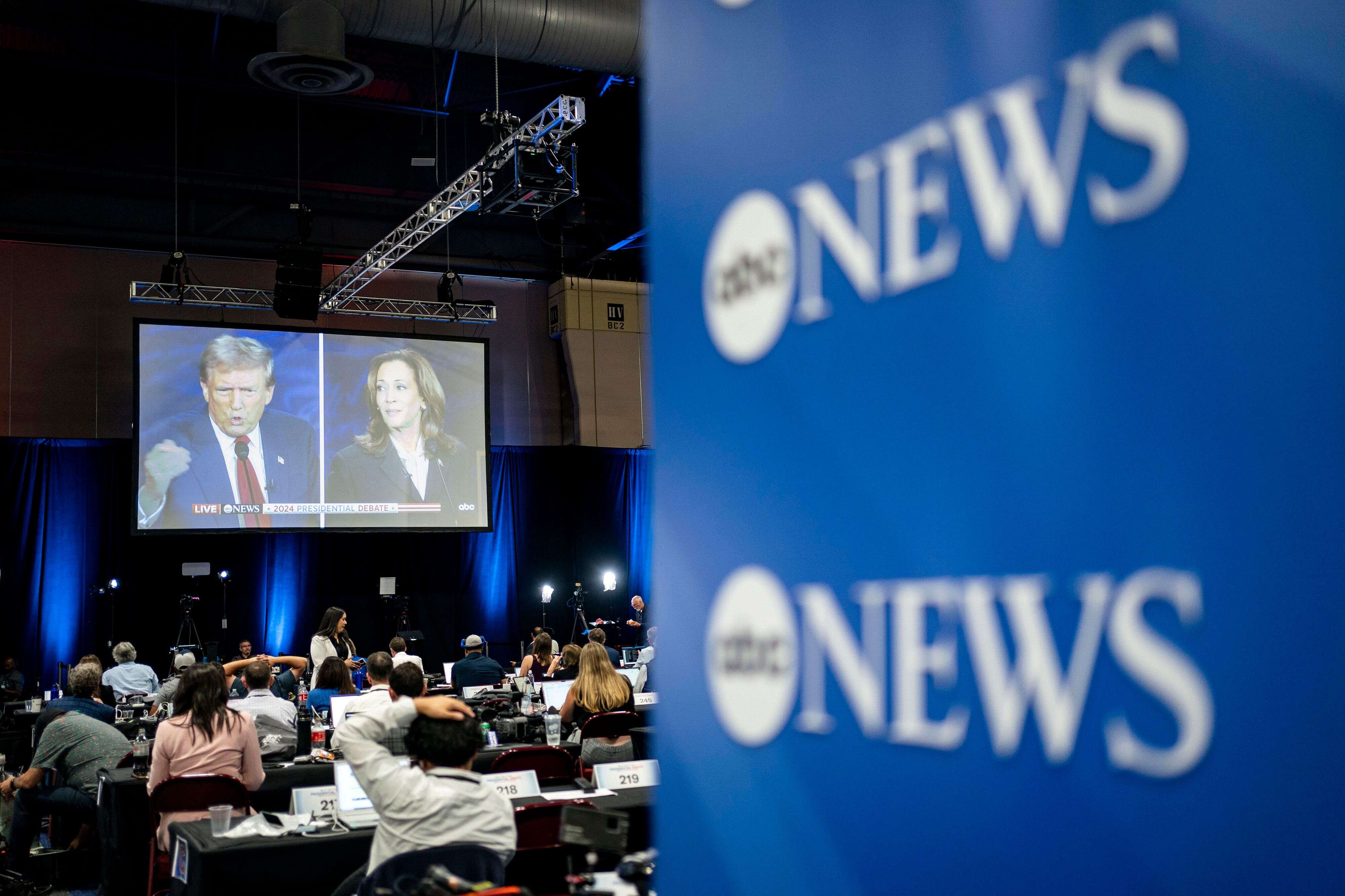Embedded Journalism and War Reporting: A Critical Examination
The recent inclusion of international media journalists embedded within the Israeli army during its ground invasion of Gaza has reignited discussions about the ethics of embedded journalism. Is it ethical to align with one side of a conflict for reporting purposes, or is it justifiable only when access is solely attainable through such means?
Embedded journalism, a practice wherein reporters are attached to military units amid armed conflicts, gained prominence during the 2003 Iraq invasion. This approach emerged in response to media disappointment with limited access during prior conflicts like the 1991 Gulf War and the 2001 U.S. invasion of Afghanistan.
In their report on Al-Shifa Hospital, BBC journalists embedded on-site stated that they were unable to speak to doctors or patients.
The BBC and CNN were invited in November by the Israeli army to view the “newly exposed tunnel shaft discovered” under Al-Shifa Hospital. CNN also made it to Al-Rantisi hospital and “was shown guns and explosives.” Other journalists, including one from Haaretz, were embedded with the army located at the “safe corridor” to report on “the humanitarian situation in Gaza."

The examples above explain exactly why embedded journalism might not be the perfect way to provide balanced coverage. According to these media outlets themselves, the army invited them for a specific purpose, which is to have them prove that the army tunnels under the hospitals and report specifically on this. However, these journalists were not invited to do their research and make their assessments; they were invited to be “shown” what the IDF wanted to show.
The fact that these media outlets were invited by the IDF means they were selected to go with the army. The three media outlets have been accused since the beginning of the war of taking the Israeli side of the ongoing war, which might explain why specific media outlets were invited in particular. The IDF invited other international papers to go with it to Gaza, but not everyone accepted the invitation.
"The military's tendency is to select reporters expected to produce favorable coverage."
Former military intelligence analyst Chelsea Manning wrote for the NY Times in 2014 about her concerns regarding embedded journalism. In her assessment, Manning criticizes the flawed process of approving and embedding journalists, asserting its hindrance to accurate news reporting. Manning highlights the military's tendency is to select reporters expected to produce favorable coverage.
After the October 7 attack, the Israeli army organized daily tours for journalists to visit the locations of the attack inside the Gaza envelope communities. One of the soldiers told reporters that he saw 40 beheaded babies, the news went viral and was adopted by many media outlets as a credible source, to be figured out later as fake news. The White House had to retract its statement after finding it to be unverified.

In their report on Al-Shifa Hospital, BBC journalists embedded on-site stated that they were unable to speak to doctors or patients. Similarly, Haaretz, which claimed to have sent its correspondent to Gaza to report on the humanitarian situation, did not include any interviews with civilians affected by Israel's strict siege on the already besieged enclave from the war's outset.
Embedded journalism, first prominent during the Vietnam War with journalists embedded by the American Army, allowed more freedom in coverage, contributing to the decline in public support for the U.S. Army. However, this changed in 2003, during the Iraq invasion. The U.S. embedded hundreds of journalists again, but this time they were restricted in what they could cover and whom they could interview.
Embedded journalists often sign contracts with the military specifying the topics they will cover and the information they will receive, which significantly restricts their reporting scope. Some experts argue that embedded journalists can be used as propagandists for one side of the conflict, and thus it should be avoided. Others, however, argue that if embedding is the only way to access a conflict zone, then it can be adopted, provided measures are taken to avoid being biased. The degree of unbiased reporting largely depends on the terms of the signed contracts and the degree of freedom granted to the journalists.
Behind the front lines: The challenges of embedded reporting
Another concern that’s aligned with embedded journalism is that journalists rely on the army they are embedded with for their basic needs, such as food, safety, and sleeping spaces. Thus, this creates a personal connection between journalists and soldiers and can lead to either a conscious or unconscious imbalance in reporting. One has to ask here if the army will provide all these services for journalists for free or because they have prior agreements on mutual interests.
In Gaza, where journalists from major networks like the BBC, CNN, and CBS were invited by and embedded with the Israeli army (IDF), the army supported its narrative regarding Al-Shifa and Al-Rantisi Hospitals. The IDF claimed that these hospitals housed tunnels used by Hamas for military purposes. The resulting reports from these media outlets didn’t counter the IDF’s claims and mentioned being shown what was described as the “Hamas armory.”
In an IDF-published video, spokesperson Daniel Hagari showcased a room situated underneath Al-Shifa Hospital, identifying it as a tunnel that was used by Hamas. He presented a paper with weekdays written on it as a “list showing Hamas terrorists’ schedule.” This situation raises ethical questions about the role of journalists accompanying an army, especially when the army aims to substantiate specific claims that may not be accurate.
This brings us back to the point of how ethical it is to go with an army, while the journalists previously knew that the army needed to prove something, which is not necessarily accurate.
...journalists rely on the army they are embedded with for their basic needs, such as food, safety, and sleeping spaces. Thus, this creates a personal connection between journalists and soldiers and can lead to either conscious or unconscious imbalance in reporting.
A significant issue with embedded journalism is that while it provides access to the military perspective, it remains limited to one side of the conflict and often lacks opportunities for journalists to interact with and include civilians in their coverage. To ensure balanced reporting, journalists should not overlook the civilian suffering that’s mainly caused by the military operations of the conflicting sides.

Journalists on the front lines often risk their lives trying to report their stories; this risk might lead some journalists to prefer the relative safety of embedding with the military forces. While embedded journalism is often thought to ensure safety for journalists, there is no guarantee that it would. Embedded journalists face similar dangers as those faced by the troops they are embedded in, as they are exposed to the same conflict situation.
In its report, the BBC described the journey to Gaza as risky, noting they were "following the heavily armed troops sent to escort them." This risk was underscored in 2006 when ABC journalist Bob Woodruff, cameraman Doug Vogt, and an Iraqi soldier narrowly escaped death. They were embedded with the U.S. Army when their convoy was ambushed near Taji, Iraq, highlighting the inherent dangers of embedded journalism even with military protection.
Haaretz reported that their correspondent, Hagar Shezaf, was in Gaza to cover the "humanitarian situation." Shezaf captured footage of Palestinians holding flags while evacuating from the northern Gaza Strip to the south via what the Israeli army termed a “safe corridor.” However, Shezaf was unable to interact with any of these individuals, limiting her report to the Israeli army's perspective and resulting in a one-sided narrative.
While embedded journalism provides unique access, it is susceptible to bias, and manipulation persists. It underscores the need for critical reassessment of ethical issues in this kind of journalistic coverage and highlights the need for greater transparency and independence in reporting.
